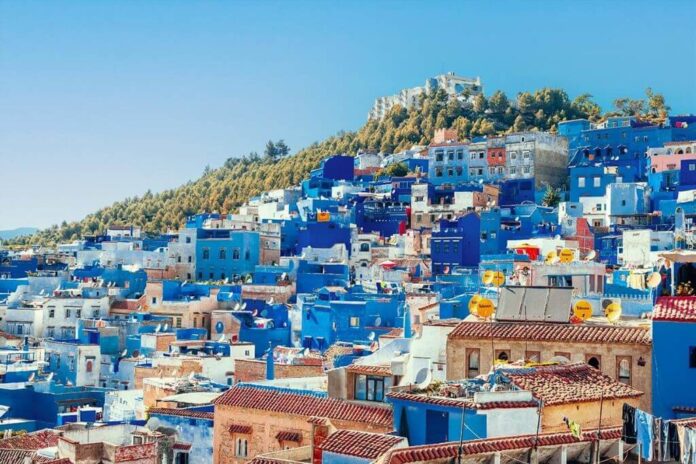Morocco is becoming an increasingly popular travel destination since it offers a very affordable opportunity to explore North African culture. Thus, if you’re asking “why go to Morocco,” listed below are some good explanations.
1. Ancient imperial cities that are rich in history and personality
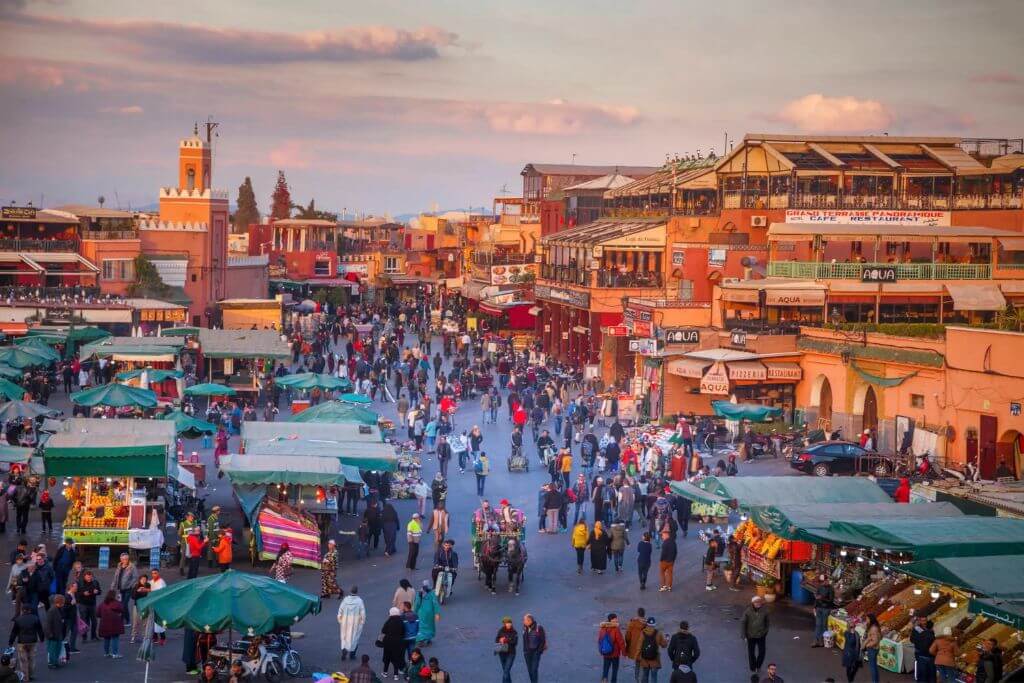
Marrakesh, Fes, Meknes, and Rabat are the other three imperial cities of Morocco. The present capital is Rabat. Although it appears to be a modern city at first appearance, it is home to a number of fascinating historical landmarks, including the Hassan Tower, the old medina, and the Kasbah of the Oudaias. A visit to the dazzling Royal Mausoleum is also highly recommended.
The Old Medina, numerous souks, historic palaces including Badi Palace and Bahia Palace, the magnificent Koutoubia Mosque, the vibrant Djemaa el-Fna, and the Saadian Tombs are all well-known features of Marrakech, often known as the Red City.
The impressive architecture in the former capital of Fes is plentiful, but it is perhaps best known for its sizable tanneries and for housing one of the oldest universities in the world. Meknes features one of Morocco’s most impressive historic gates, Bab el-Mansour, and horse-drawn carriages are a wonderful way to see this quaint and laid-back imperial city.
2. Beautiful beaches along lengthy coastlines
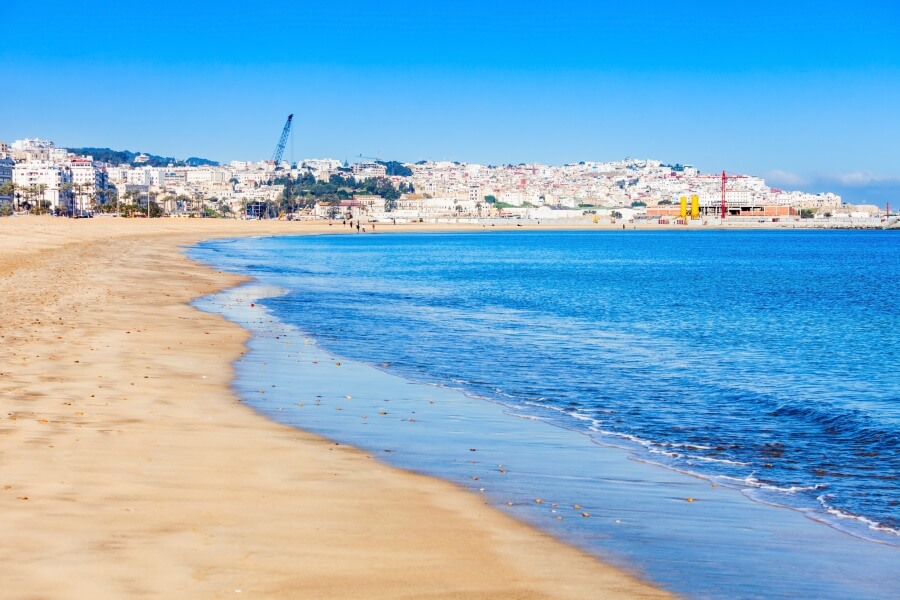
There are many beautiful places to enjoy the beaches in Morocco, which run along both the Mediterranean Sea and the Atlantic Ocean. Tangier and Agadir are well-liked vacation destinations for tourists from abroad, whereas Asilah draws mostly locals and tourists from Spain.
Even though they receive relatively few foreign visitors, cities like El Jadida, Oualidia, and El Jebha get a lot of domestic visitors in the summer. The most famous beaches often offer excellent amenities close by, while other locations, like Essaouria, are ideal for watersports enthusiasts.
3. Several mountain ranges
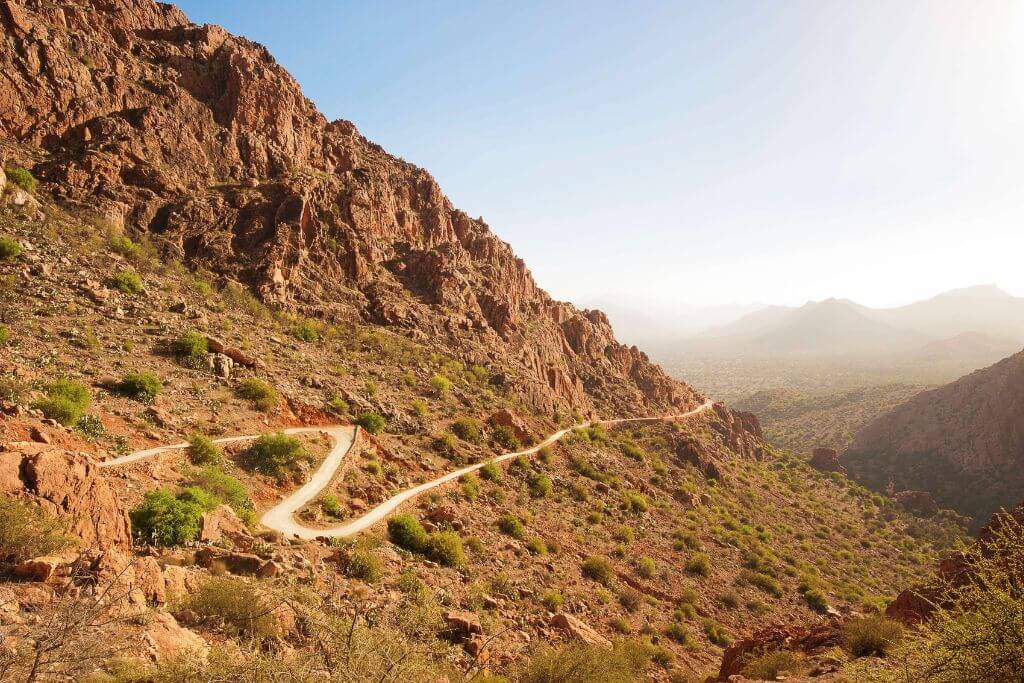
The High Atlas, Middle Atlas, and Anti-Atlas mountain ranges make up Morocco’s Atlas Mountains. For hikers of all abilities and experience levels, each offers a selection of hiking opportunities. The tallest mountain in the nation, Jbel Toubkal, is situated in the High Atlas Mountains.
The towering giant, which is easily accessible from Marrakesh, draws a lot of outdoor enthusiasts all year round. Outdoor experiences are also fantastic in the Rif Mountains, which are in the north of the nation and close to the blue city of Chefchaouen. In Morocco’s highlands, visitors can go hiking, mountain biking, or horseback riding, as well as to Berber settlements, birdwatching, and native animals.
4. Access to the Sahara is simple
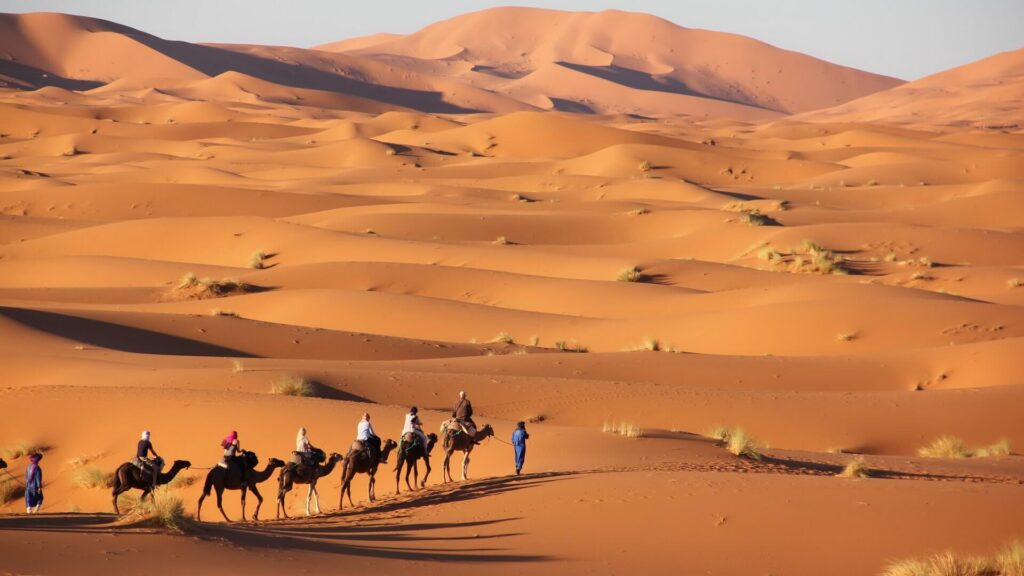
The largest hot desert in the world is the huge and dry Sahara Desert. In Morocco, there are many starting points for journeys into the desert, and there are many knowledgeable tour guides offering unforgettable experiences.
There are several ways to take in the breathtaking scenery, including hiking, riding a tenacious camel, exploring on horseback, or driving a four-wheel drive across the dunes. Camping is a popular activity; enjoy the quantity of flashing stars in the clear, star-free night skies while listening to the silence. Large dunes and far-off oases will stay in your memory for a very long time.
The greatest locations to enter the Moroccan Sahara are Merzouga, Erg Chebbi, Chegaga, and Zagora. The city of Ouarzazate, often known as the “doorway to the desert,” is a fantastic location for those who enjoy culture and cinema. It is home to one of the most stunning kasbahs in the nation, which has been featured in a number of films.
5. Diverse cultural influences, including Berbers, Arabs, and others
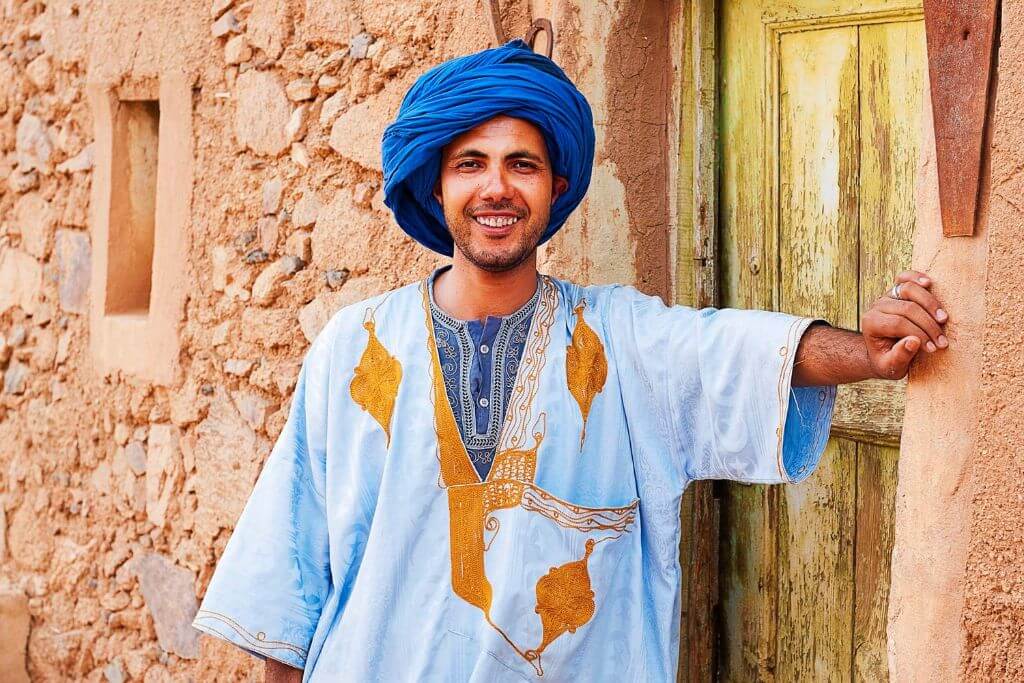
Both Arabs and Berbers make up Morocco’s population, and both have contributed to the rich traditions and cultural practices that are still present today. You will also be able to recognize Andalusian influences from the period when Muslims from that region immigrated to North Africa.
Colonial remnants from the French, Portuguese, and Spanish empires can still be observed in various sections of the nation. It’s especially intriguing that Jews have had an influence in Morocco since that country is largely Islamic. In fact, Casablanca is home to the only Jewish Museum in the Arab world.
- Related post Top 10 Most Visited Cities in Africa You Should Know
6. Beautiful buildings all around the country
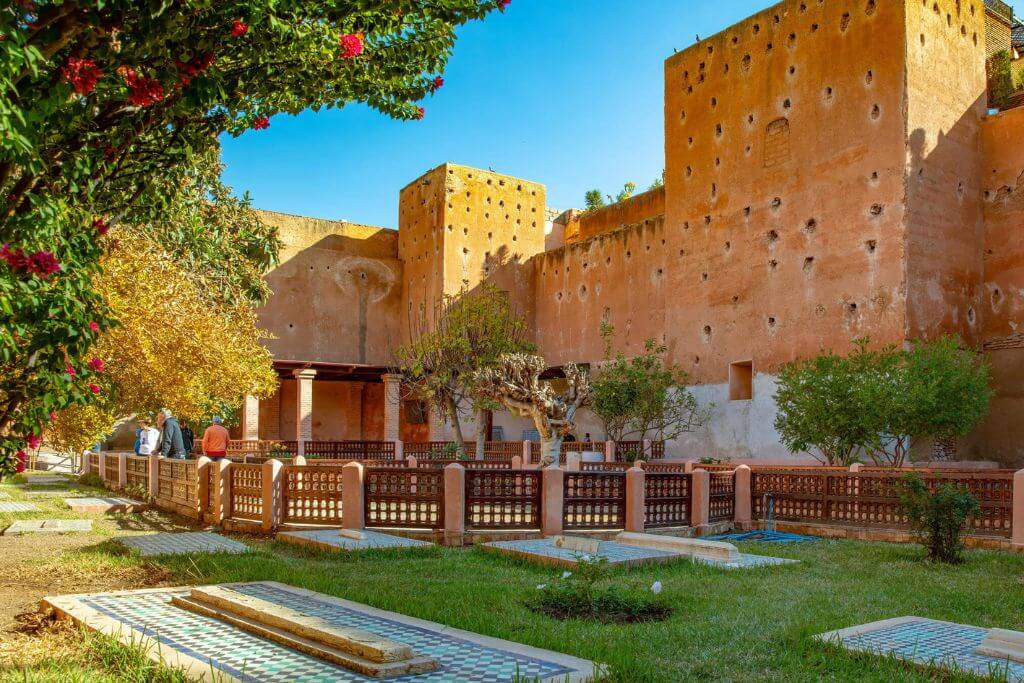
Morocco’s many architectural splendors are a reflection of the country’s rich cultural heritage. Morocco is home to numerous magnificent structures that are worth admiring, including imposing mosques, classic riads, bright palaces, and beautiful centers of religious learning.
Several structures have zellige, the typical tilework, as well as woodwork, plasterwork, and ornate carvings. The Hassan II Mosque in Casablanca, the Saadian Tombs in Marrakech, the Grand Mosque in Tangier, and the Mosque and University of al Quaraouiyine in Fes are a few of Morocco’s most stunning structures.
7. Wonderful shopping in the energetic souks
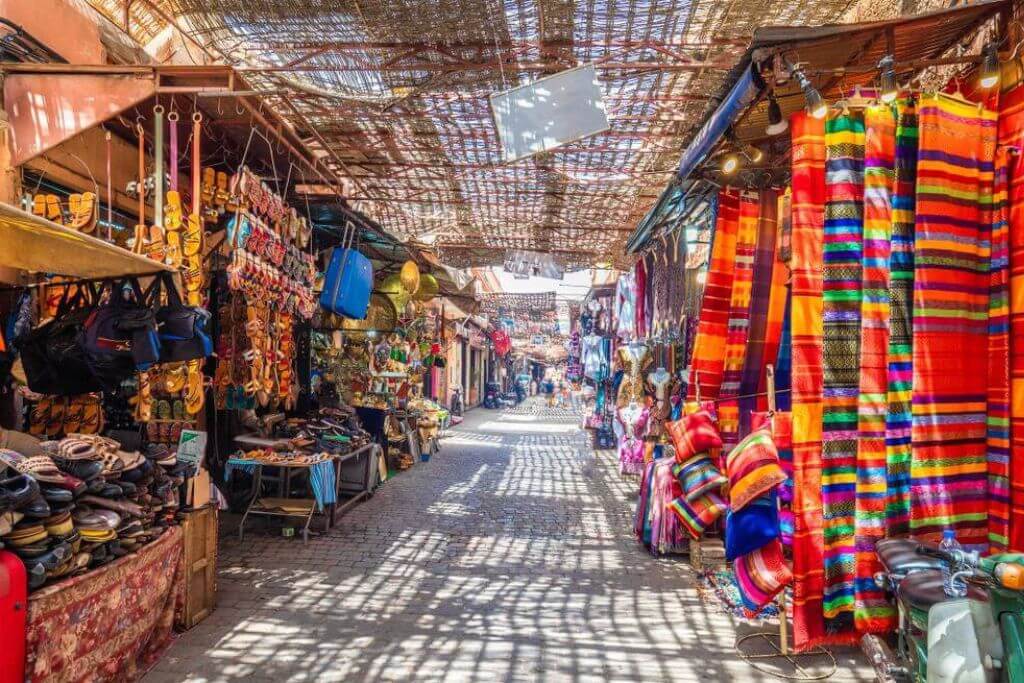
Every major town and city in Morocco has at least one souk, while the majority of bigger communities have several. Traditional markets called souks are where locals go to buy a variety of goods. Souks may only be open on specific days of the week in some regions, whereas markets are held every day in other regions.
The evocative colors, aromas, and overpowering sense of the unusual have made the souks something of a magnet for tourists. Negotiating is an integral component of visiting a souk. Spices, apparel, lamps, tea sets, musical instruments, shisha pipes, and a variety of souvenirs are typical goods to browse and purchase in more touristy locations.
8. Tasty food to suit a variety of palates
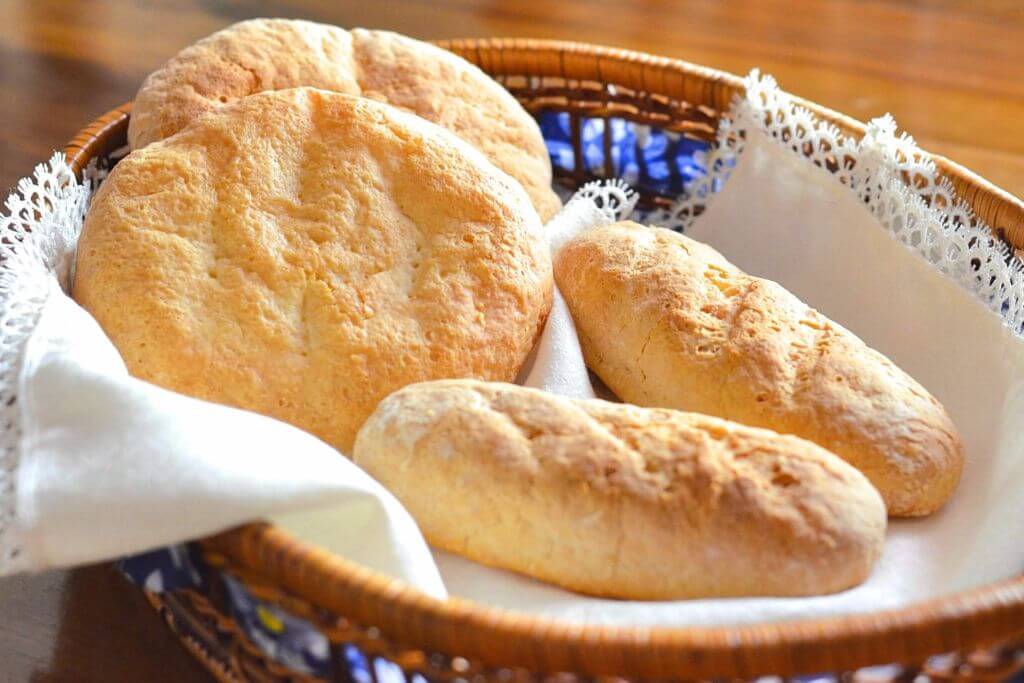
Morocco is well-recognized for its delicious cuisine. A traditional Moroccan kitchen is filled with spices, which give food a ton of flavor. Bread is a common food, and there are many varieties to choose from, including khobz, msemen, and baghrir.
The most often used meats in Moroccan cuisine are lamb, mutton, beef, and chicken. Coastal regions have an abundance of seafood and fish, with sardines being a particular favorite in Morocco.
The most popular national foods are tagine and couscous. Some essential meals to try are brochettes, pastilla, bissara, harira, and more. Together with a huge selection of Moroccan pastries, you’ll also find a ton of sandwiches and pizzas.
9. Many lodging options for all preferences and price ranges
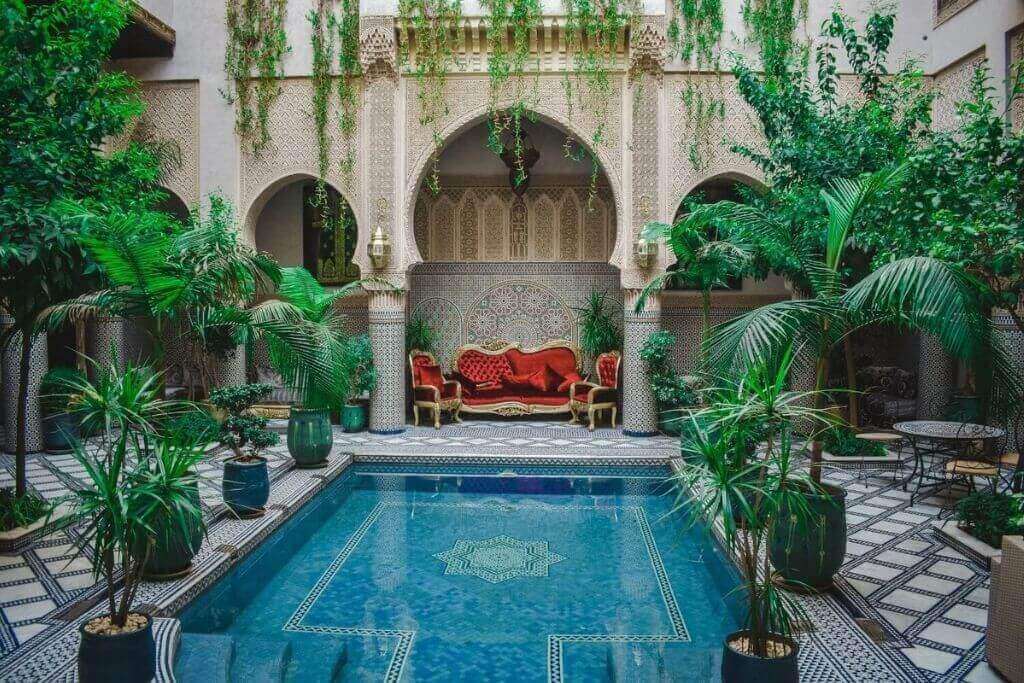
Morocco offers lodging options to meet all budgets, comfort levels, and adventure expectations, ranging from opulent five-star hotels to basic tented camps in the mountains. Travelers can stay in riads and dars, traditional Moroccan lodgings, in the old medinas of several cities. This is the ideal approach to living like a native. It is occasionally feasible to rent out the full building for a private stay with smaller homes.
For larger families and groups of friends, self-catering flats are easily accessible in many towns and cities. Apartments are ideal if you want to have the option of making certain meals at your lodging in addition to enjoying delectable Moroccan cuisine; perhaps you could enroll in a cooking class, learn how to prepare Moroccan food, and then put your newfound knowledge to use!
In many main cities and seaside locations, including Tangier and Agadir, there are large resorts that offer a wide range of amenities, including swimming pools, on-site gyms, restaurants, pubs, and kids’ clubs.
10. Tolerant community with friendly citizens
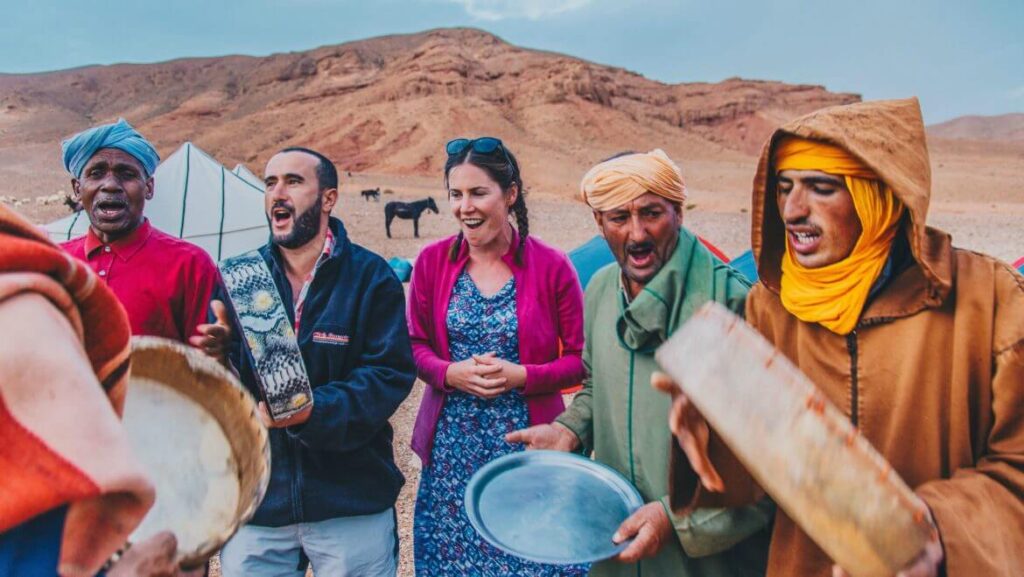
One of the most tolerant Arab countries is Morocco, which has a reputation for it. The nation is stable, tranquil, and largely safe. Both Arabic and Berber Moroccans are renowned for their amiable dispositions and warm hospitality.
In places with few visitors, tourists could get strange looks, but this is frequently followed by happy waving and attempts to strike up a discussion. Since it was once a French colony, many people spoke French. English is also frequently used in tourist hotspots. Visitors typically have little trouble communicating.
